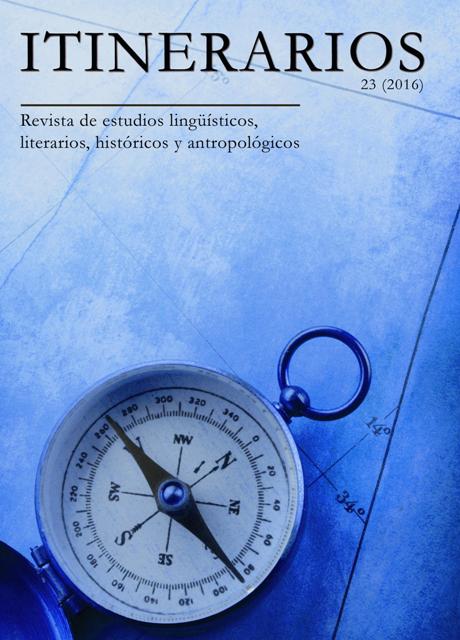Dos recursos antropocéntricos en español: dativo y voz media
Two Parallel Anthropocentric Resources in Spanish: Dative Case and Middle Voice
Author(s): Tomás Jiménez JuliáSubject(s): Language and Literature Studies
Published by: Instytut Studiów Iberyjskich i Iberoamerykańskich, Wydział Neofilologii, Uniwersytet Warszawski
Keywords: datives; middle voice; clitics; reflexive paradigm; self-affection meaning
Summary/Abstract: The study of “datives” in Spanish has conflated two kinds of unstressed pronouns belonging to different paradigms: personal pronouns (me, te, le) and reflexive pronouns (me, te, se) have been studied as if they were a single class. Both series, however, have different roots and different grammatical uses in Latin. Reflexive pronouns were used in Latin to express the meanings of the old Indo-European middle voice, which were initially expressed synthetically through the -r forms of the verb (amor, amatur). Dative personal or demonstrative pronouns, on the other hand, were used to provide a “self-affection meaning” upon one of the participants in the verbal process. Communicative import has been different in each case, and the resources used to belong to different paradigms, as their possible co-presence in the same texts shows. The convergence of personal datives and the reflexive paradigm, both in their meaning (selfaffection) and in their category (unstressed pronouns) made Spanish grammarians describe both as a single “dative” paradigm, even though reflexive pronouns did not always come from the dative and actually its present clitic form comes from the accusative. The object of this paper is to show the differences between both paradigms and, at the same time, defend the relevance of middle voice in present Spanish.
Journal: Itinerarios
- Issue Year: 2016
- Issue No: 23
- Page Range: 35-59
- Page Count: 25
- Language: Spanish

